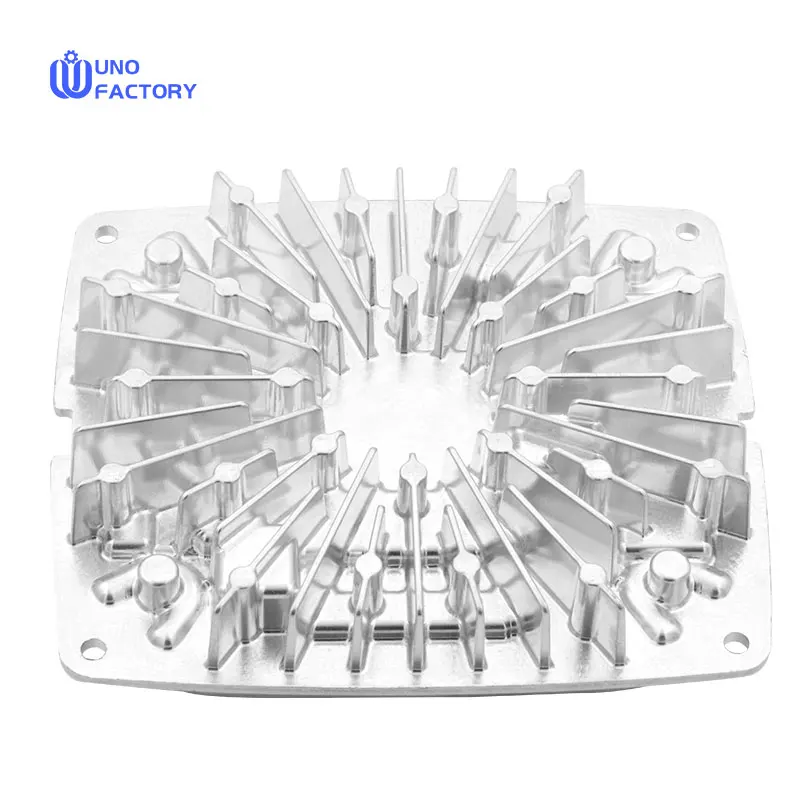Time to read: 6 min

In the modern manufacturing industry, electroplating technology has been playing a crucial role in surface treatment, enhancing the performance and appearance of both metal and non-metal parts. This article delves into the working principles of electroplating technology, its application fields, and how it improves the durability, corrosion resistance, and aesthetics of products through precise coating processes.
Overview of Electroplating Technology
Electroplating, as a surface finishing technique, has been instrumental in the industrial sector since the early 19th century. It not only enhances the appearance of materials but also imparts additional physical properties such as increased wear resistance, corrosion resistance, and electrical conductivity. With technological advancements, electroplating is no longer limited to metals but has also become applicable to non-metallic materials like plastics and wood.
Working Principle of the Electroplating Process
The electroplating process involves the dissolution and deposition of metal onto another surface through an electric current. This process consists of four main components: the anode, cathode, plating solution, and power source. The anode holds the metal used for the plating process, while the cathode holds the material to be plated, also known as the substrate. The plating solution acts as a catalyst facilitating the flow of electricity in the circuit, typically containing copper sulfate and one or more metal salts. The power supply adds current to the circuit, introducing electricity to the system when connected to the anode.
Precautions in the Electroplating Process
When carrying out electroplating, it is essential to handle the solution with care as it contains sulfuric acid and is highly corrosive. Operators should wear appropriate safety gear, such as goggles and gloves, and use a fume hood to prevent harmful fumes from reaching the face. Additionally, electroplating solutions should be kept out of reach of animals and children, and contact with household chemicals should be avoided to prevent hazardous reactions.
Types of Electroplating Methods
There are various methods of electroplating, including barrel plating, rack plating, and reel-to-reel plating. Each method has its specific applications and advantages, such as barrel plating for mass production of small parts, rack plating for delicate or large complex parts, and reel-to-reel plating for continuous coating of strip-shaped products.
Metal Materials Suitable for Electroplating
Electroplating can be performed with a single metal or a combination of metals. Commonly used metals include copper, zinc, nickel, silver, palladium, gold, and tin, each offering unique properties such as improved adhesion, corrosion resistance, wear resistance, and electrical conductivity.
Advantages and Disadvantages of Electroplating
The advantages of electroplating include material protection, reduced friction, improved object properties, and enhanced adhesion. However, it also has some drawbacks, such as potential environmental pollution, the high cost of setting up, and the time-consuming nature of the process.
Applications of Electroplated Parts
Electroplating has applications across a wide range of industries, including aerospace, automotive, medical and dental, prototyping, power, and jewelry, providing enhanced performance and improved appearance for products in these sectors.
Conclusion:
Electroplating technology is a time-honored and evolving process that offers a leap in performance and an aesthetic upgrade for various materials through precise coating techniques. If you are looking for professional electroplating services, Unofactory, with its exceptional technology and expertise, can meet all your electroplating needs.




